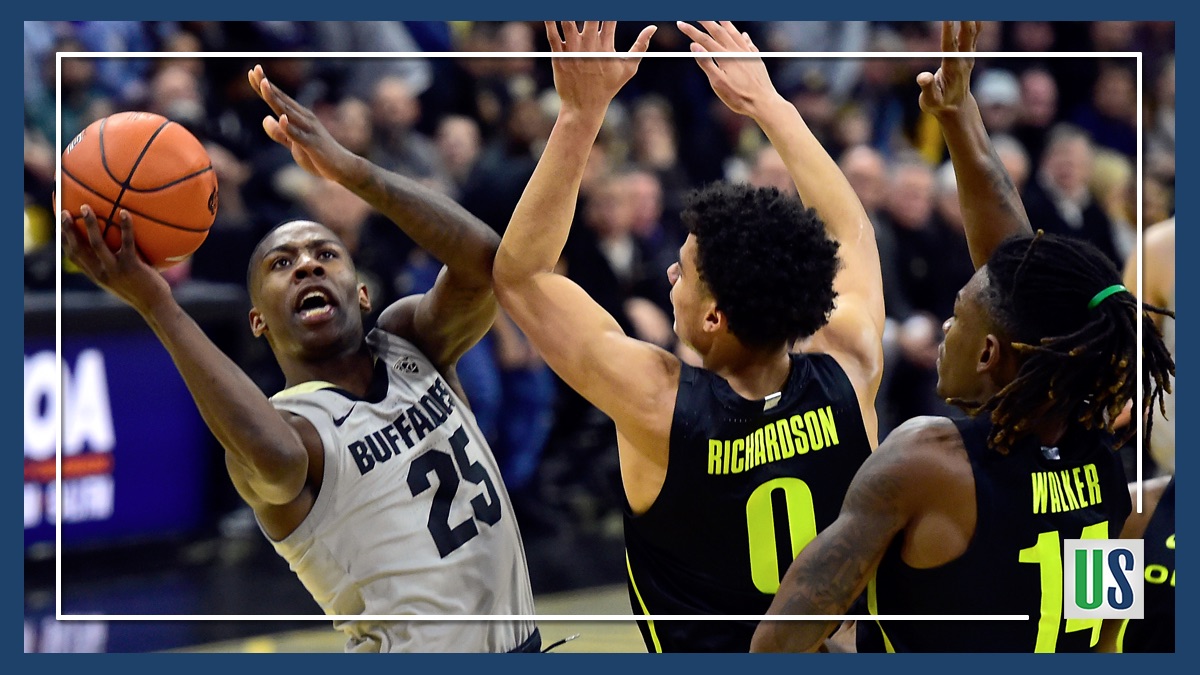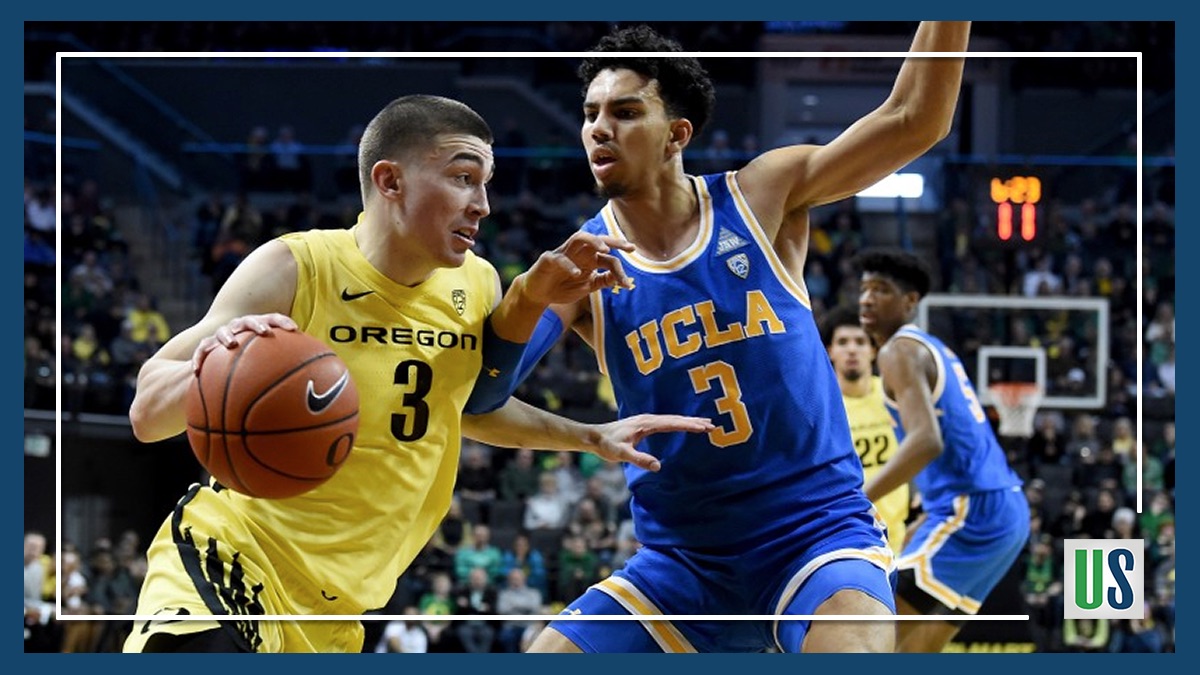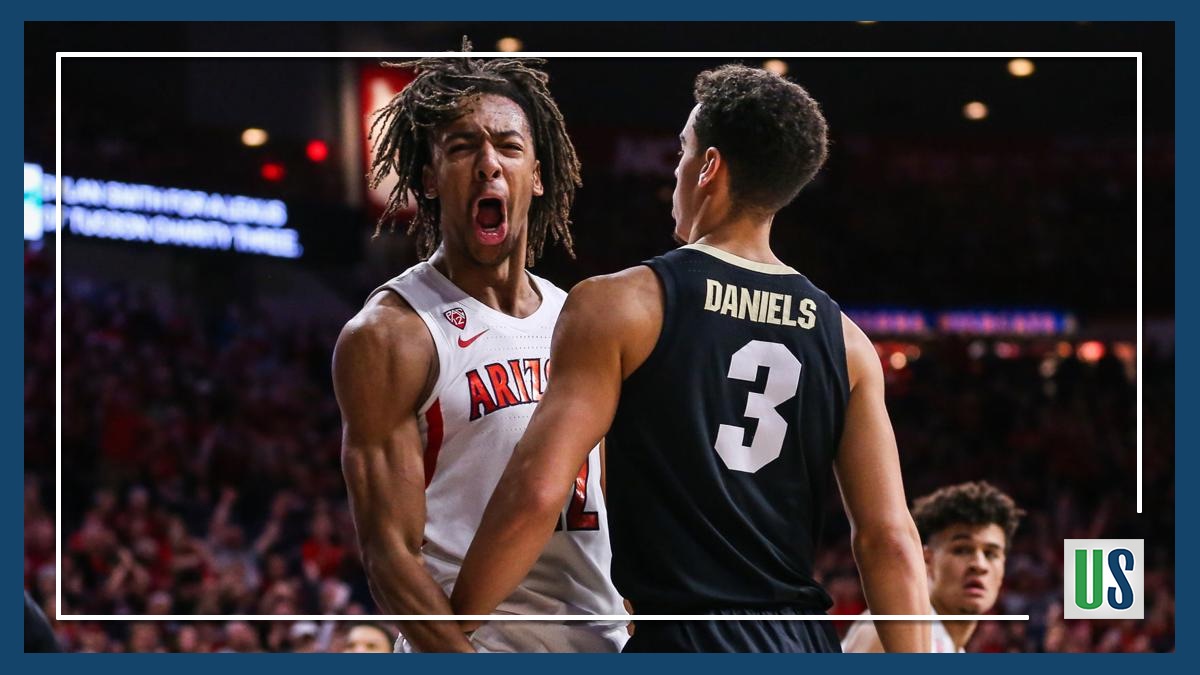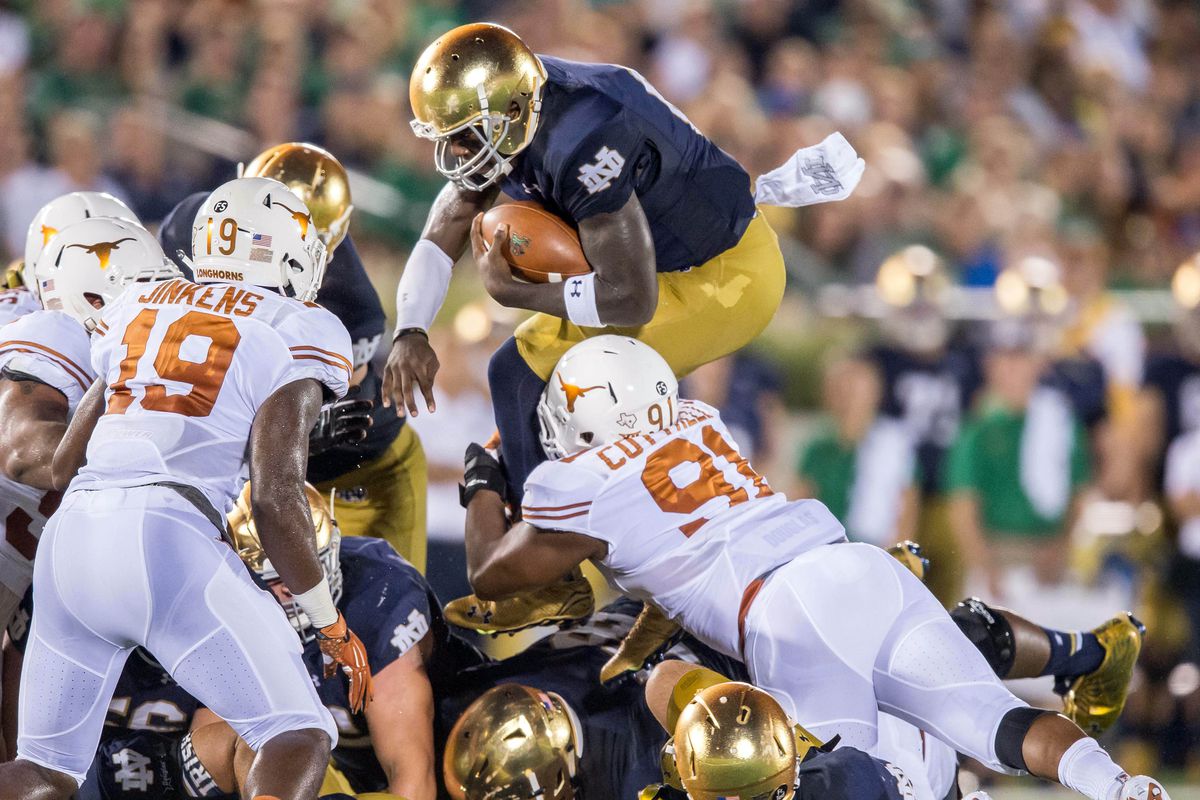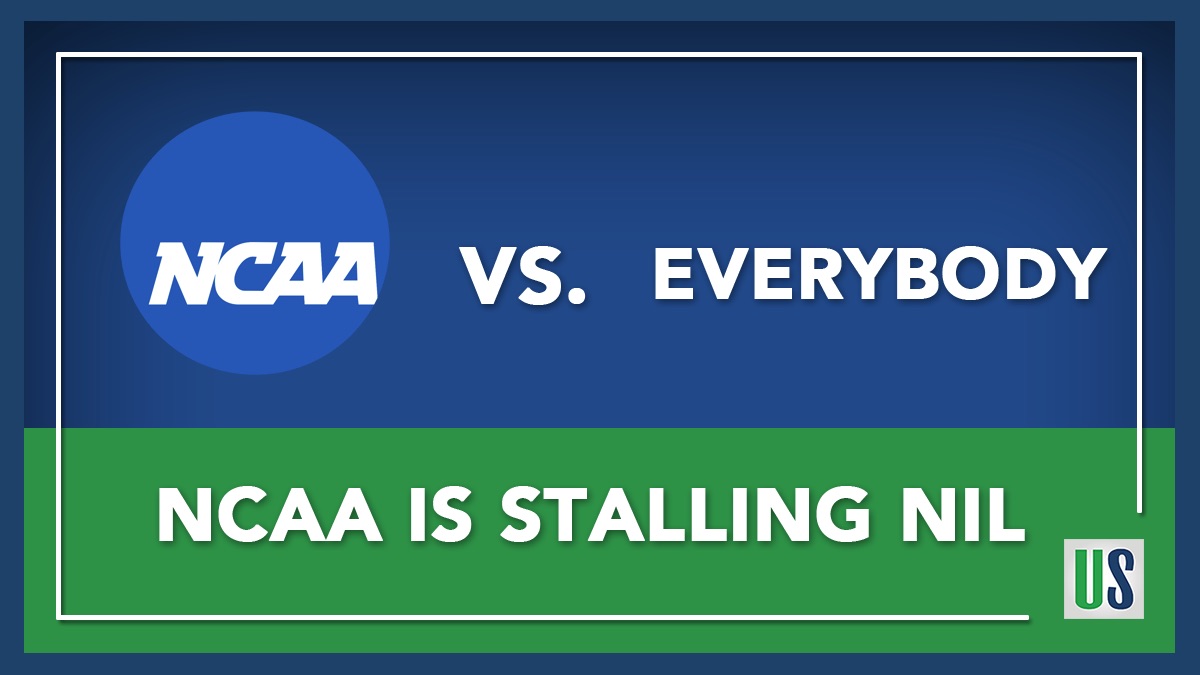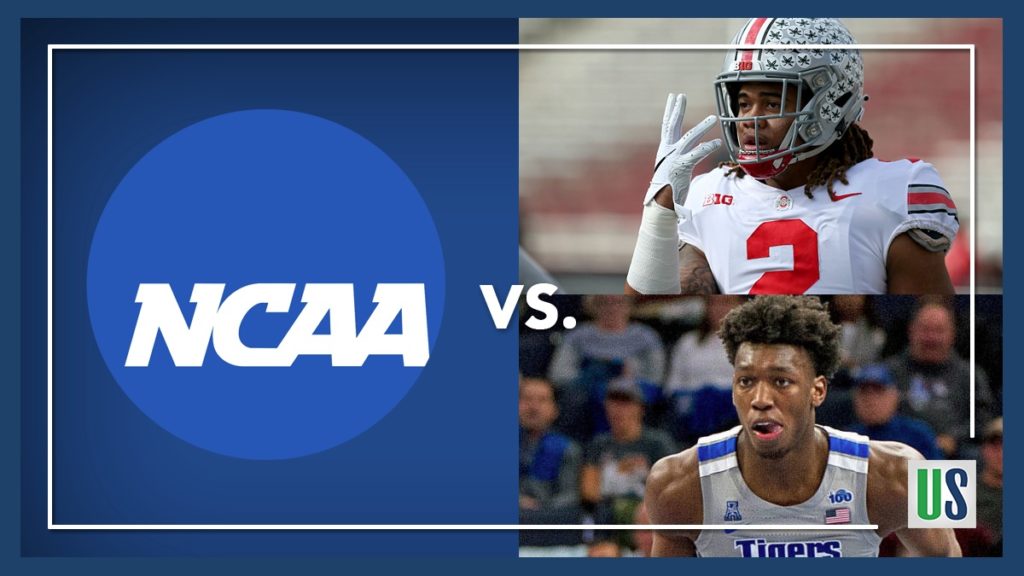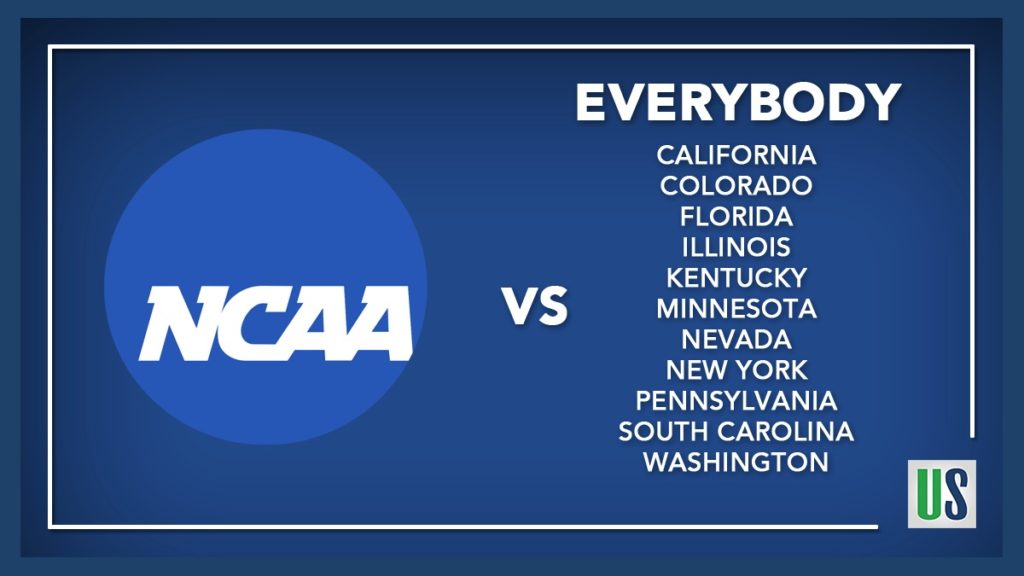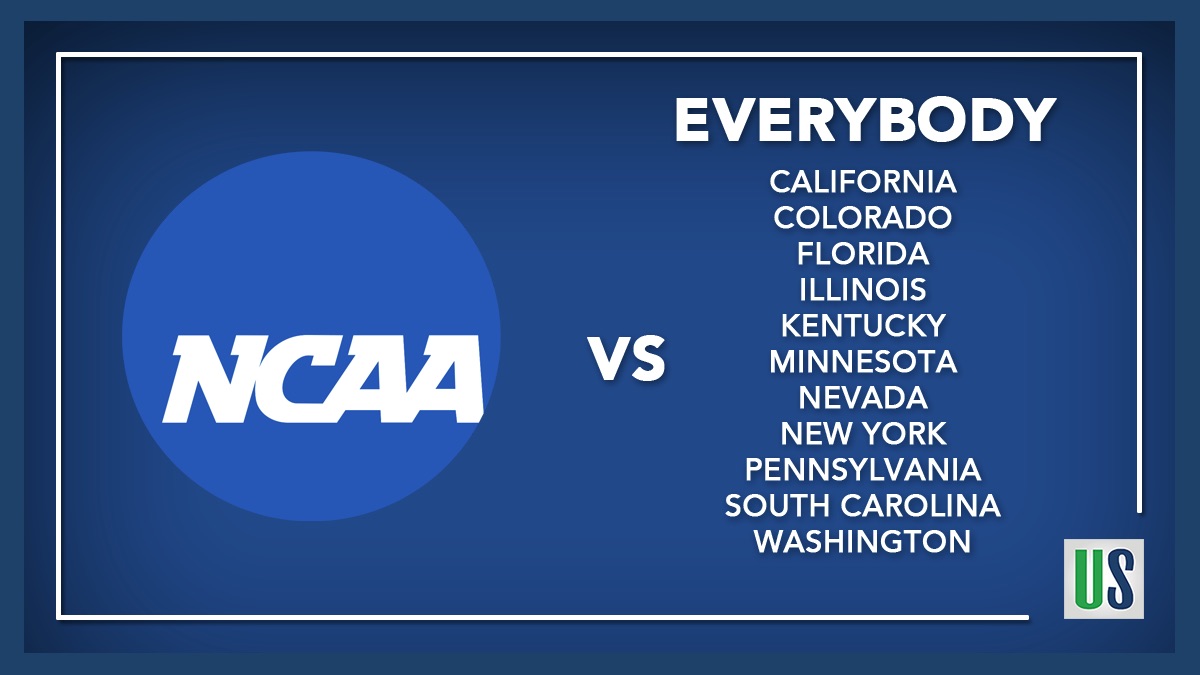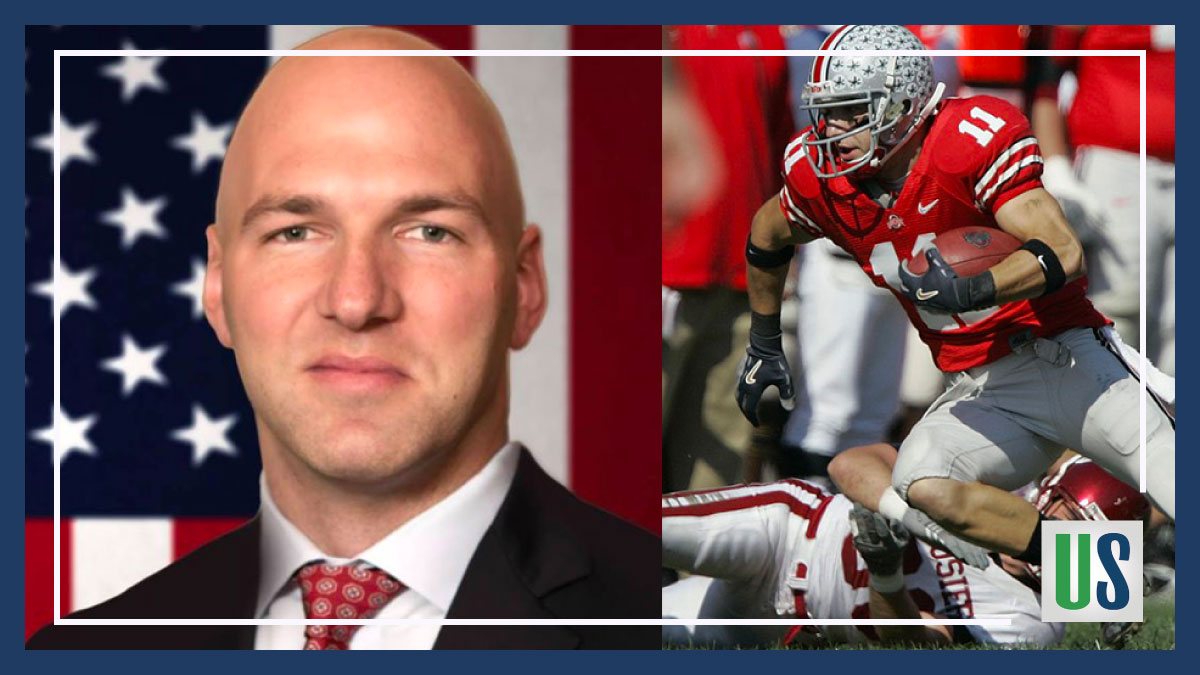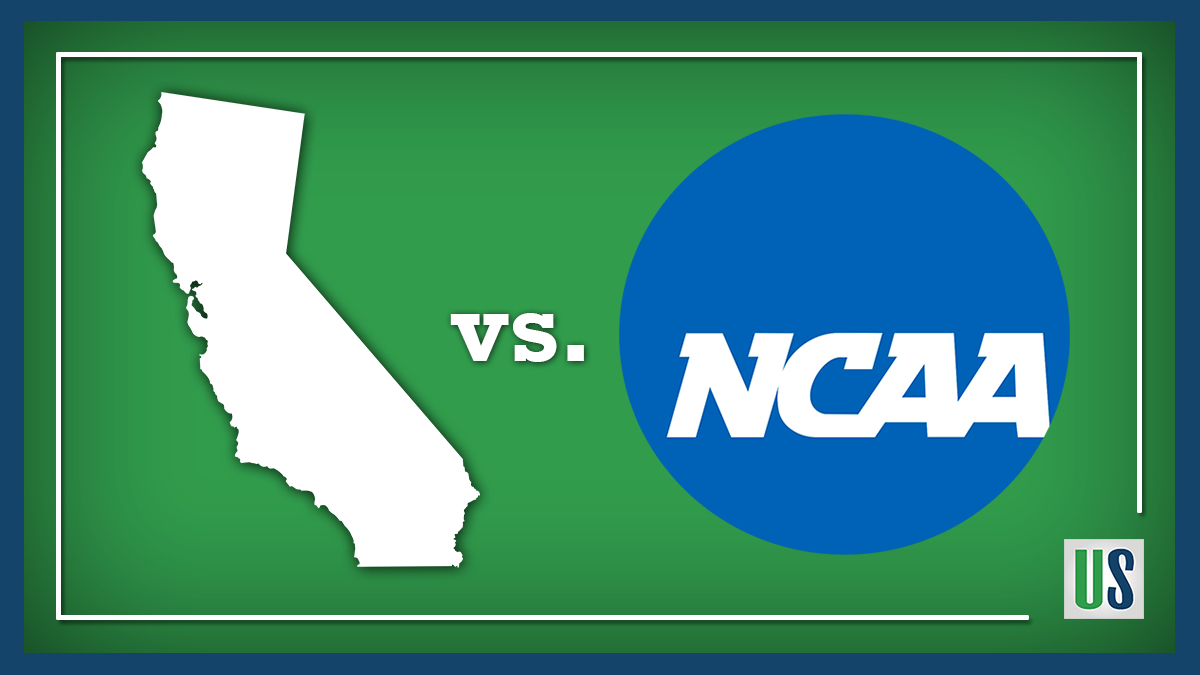This week in 2020 Pac-12 Basketball belonged to the home team. Across the league, the home team went 9-1 in the 10 games played between Wednesday (2/25) and Sunday (3/1). Teams such as UCLA, USC, and Stanford were given huge boosts to their tournament hopes. However, teams that established themselves as tournament contenders, such as Colorado, Arizona, and Arizona State, had weekends to forget.
Here are the conference standings after the past week of play:
UCLA 12-5 (Overall 19-11)
Oregon 11-5 (22-7)
Arizona State 10-6 (19-10)
Colorado 10-7 (21-9)
USC 10-7 (21-9)
Arizona 9-7 (19-10)
Stanford 9-7 (20-9)
California 7-9 (13-16)
Washington State 6-10 (15-14)
Utah 6-11 (15-14)
Oregon State 5-11 (15-13)
Washington 3-13 (13-16)
UCLA’s 7-Game Winning Streak Propels Them to First Place in 2020 Pac-12 Basketball
UCLA’s weekend got off to a great start against Arizona State on Thursday. Freshman guard Jaime Jaquez Jr. hit a game-winning three with 0.6 seconds left to lift the Bruins to a 75-72 victory. Then on Saturday, they pulled away late against Arizona and won 69-64. The same UCLA team that has the worst loss in non-conference play, to Cal State Fullerton, is now in first place in the Pac-12. Mick Cronin has arguably become a shoe-in for Pac-12 Coach of the Year. The Bruin’s turnaround is great for the conference, as they are one of the most nationally-recognized names in the Pac-12.
It is interesting to think about how the conference is viewed as a whole, because they are the first place team that lost to Cal State Fullerton. Still, the Pac-12 has some good non-conference wins as a conference. Washington, who has the worst record in the conference, has arguably the best non-conference win against Baylor.
Listen to the Best Pac-12 Football and Basketball Podcast
Tournament Chances: Trending Up – UCLA has made their case for March, but they have a massive game on Saturday against USC at the Galen Center. Winning this game will give UCLA a share of the 2020 Pac-12 Basketball Regular Season title. If they are able to show up in the conference tournament, they may need to get to the conference championship to cement their spot in the tournament.
Oregon Beats In-State Rival, Frontrunners for 2020 Pac-12 Basketball Regular Season Title
Oregon will get overshadowed by the weeks UCLA and USC had, but the Ducks took care of business against Oregon State 69-54. The Ducks broke their three-game losing streak against the Beavers, as they will attempt to get at least a share of the conference title. Oregon has home games against California and Stanford this week. They are undefeated at home, boasting a 15-0 record at Matthew Knight Arena this season.
Tournament Chances: In the field – Oregon has quality wins in non-conference play. They are near the top of the standings in the Pac-12. The main question for the Ducks is where they will be positioned in the bracket.
Arizona State Takes a Step Back In LA Road Trip
The Sun Devils went toe-to-toe with UCLA Thursday night but were beat at the buzzer. They trailed for most of the game Saturday against USC. Arizona State is an exciting team to watch, and Bobby Hurley has done a great job to get this team on the right side of the bubble. However, losing two straight is a bit of a letdown after their seven-game winning streak.
Tournament Chances: Decent – The Sun Devils will need to take care of business this week against Washington and Washington State, but they should be in the tournament. They are 6-1 at home in-conference, including a resume-boosting win against Oregon. Expect to see the Sun Devils in an 8-vs-9 or 7-vs-10 game.
Colorado Buffaloes Have Worst Week of 2020 Pac-12 Basketball Season in Bay Area
The Buffaloes had a stinker Thursday night in Berkeley, as they lost 76-62 to a California team that they simply should have beat. Colorado had more life Sunday against Stanford, but they were still looking for answers after a 72-64 defeat. This season for the Buffaloes is at a crossroads, as they are no longer in contention for the Pac-12 regular season title. They have accomplished so much this season, and this iteration of the Colorado Buffaloes is probably the best team Tad Boyle has had in his tenure as head coach. However, reputations are made in March, and the Buffaloes will have to start their turnaround from their current three-game losing streak Saturday at Utah.
Tournament Chances: In the field – The Buffaloes have a huge non-conference win against Dayton, who has not lost since Colorado defeated them. They beat Oregon when they were ranked fourth in the country. However, the loss to Cal was probably their worst loss of the season. The Buffaloes need to win at Utah and show up in the conference tournament to ensure that they will still get a top-6 seed on Selection Sunday.
USC Trojans on Right Side of Bubble
USC also beat both Arizona and Arizona State this weekend. They led for the majority of both games. The Trojans got contributions from Jonah Mathews and Daniel Utomi in both games. Their defense also showed up in both games, as they held Arizona and Arizona State to 48 and 61 points, respectively. Both of their games were complete games. If their defense can travel, they will be a tough out in both the conference tournament and the NCAA tournament.
Tournament Chances: Decent – The Trojans have a better NET rating and a head-to-head victory over UCLA, giving them the upper hand over their Los Angeles rivals. However, Saturday’s game at the Galen Center is huge, as it could help USC get a higher seed in the conference tournament. USC has had a more consistent season than UCLA, but the winner of Saturday’s game will regard their season as the better one.
Arizona Struggles, Sean Miller Get Ejected Saturday
Arizona had a tough go on Thursday against USC, as they had one more field goal (16) than turnovers (15) in the 57-48 loss. On Saturday against UCLA, they played better and were leading for most of the first half. However, Sean Miller got ejected with 12:28 remaining in the second half as the Wildcats were leading, 47-44. Arizona was able to hold their own, but UCLA ended the game on an 11-2 run to win 69-64.
Tournament Chances: In – Arizona still has the best NET rating in the Pac-12 conference at number 11. They were able to dominate their non-conference schedule (minus the loss to St. John’s) despite their inconsistencies in-conference. However, every team has had their struggles in-conference, especially on the road. The Wildcats will have a chance to right the ship this week, with home games against Washington State on Thursday and Washington on Saturday.
Stanford Gets Resume-Boosting Win Against Colorado
Stanford was able to beat Utah 70-62 on Wednesday, but they were able to beat a ranked Colorado team 72-64 on Sunday. The Cardinal led the Buffaloes for the majority of the game, and had four starters score in double figures. Stanford was thought of as one of the teams on the outside looking in, but they may be on their way to playing in the First Four in Dayton.
Tournament Chances: 50/50 – Stanford is squarely on the bubble, but they have a huge opportunity at Oregon on Saturday. No team has gone into Eugene and won this season, and beating Oregon along with a win against Oregon State may be enough to get Stanford into the tournament. They may have another opportunity for a resume-boosting win in the Pac-12 tournament. However, Saturday feels like a must-have for the Cardinal, or else they may be NIT-bound.
Can Pac-12 Basketball Get Seven Teams Into the Tournament in 2020?
The Pac-12 getting six teams into the tournament looked like a pipeline dream a month ago. Now, they could get seven teams into the tournament. Teams that were afterthoughts not too long ago, like Arizona State and UCLA, have turned a corner and have become different teams in the second half of the conference season. It will be interesting how the selection committee ultimately views the parity in the conference, but this season it looks like it has helped the conference. A season after having only three teams in the tournament, the Pac-12 could have more than half their teams dancing in the NCAA Tournament.

